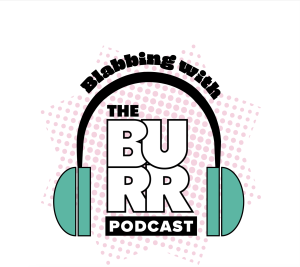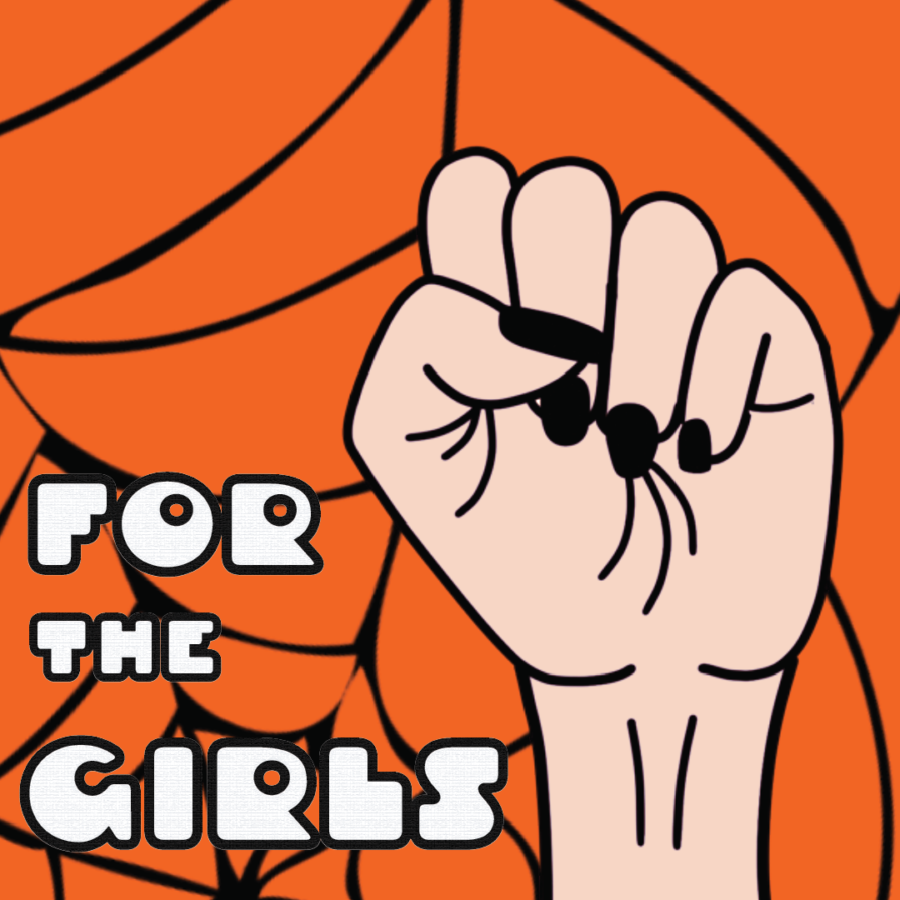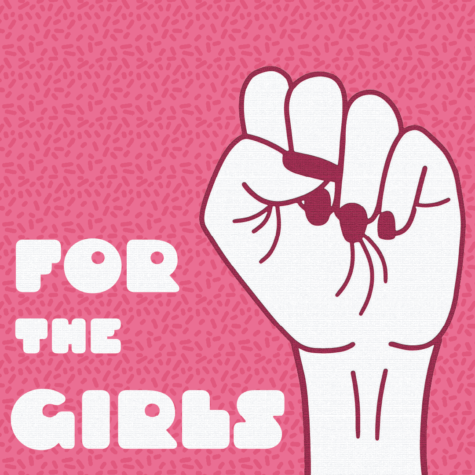Horror & Feminism
Similar to Taylor Swift, horror has a bad reputation. The genre has faced many criticisms over the past decades because of its less-than-favorable portrayal of women and its promotion of purity culture. However, since its creation, horror has given female characters the complexity, strength and validation that they’ve not been granted in other genres. In honor of Halloween and my love for all things spooky, I am assigning myself to the case of proving that horror movies are more feminist than you think.
Of course, I’m going to break down movies so here’s a spoiler alert.
Rosemary’s Baby (1968)
“Rosemary’s Baby” (1968) tells the story of a newlywed couple moving into their first apartment and getting pregnant. Except Rosemary’s husband and neighbors are Satanists and have offered her body as a living incubator to give birth to the devil’s spawn. Throughout her pregnancy, Rosemary experiences severe abdominal pain and anxiety toward her neighbors but her concerns are often disregarded. In the end, when the baby’s true nature is revealed, Rosemary accepts her position as its mother.
The film touches on the darker aspects of the female experience. Rosemary is sexually assaulted, constantly gaslit about her health concerns and privacy and forced to give birth in the name of religion.
In the end, she is encouraged by the people who betrayed her to assume the duties of a mother for the child she did not want. Thus, giving into societal pressure. The female experience is scary and “Rosemary’s Baby” personifies those fears that are unique to women.
Scream (1996)
“Scream” (1996) is about an anonymous killer Ghostface targeting Sidney Prescott and her friends. One-by-one members of the group are killed off until it’s just Sidney and Ghostface. Ghostface reveals himself to be Sidney’s boyfriend. She is able to fight him off, call the police and save herself, thus inducting her into the final girl hall of fame.
“Scream” subverts the final girl trope. Traditionally, the final girl was a damsel in distress who just so happened to successfully escape the killer. Most importantly, the final girl was morally worth saving, she wasn’t crude, she didn’t drink or smoke and she absoultely did not have sex. Whereas Sidney engages in sexual activity, outsmarts the killers and fights back. “Scream” rewrites horror history by making the killers bumbling idiots and making the final girl clever and resilient.
Jennifer’s Body (2009)
“Jennifer’s Body” (2009) is about a demon possessing Jennifer after leaving with a rock band one night when their set catches the venue on fire. Jennifer returns with an insatiable appetite for human flesh and sets her sights on satisfying that hunger by eating boys.
Jennifer is a tragic villain. Her motives and behaviors stem from a desire to survive after a traumatic experience: surviving a fire and being taken advantaged of by older men. Although she gains powers, her body is no longer hers. A demon has possessed her and she must satisfy its hunger to ensure her survival.
“Jennifer’s Body” can be interpreted as an allegory on how victims of sexual assault react to trauma. What makes Jennifer different from a motive-less, knife wielding type is that she is not just a boy killer, she is a girl that acts out in revenge for the pain men have caused her.
The horror genre is not without its faults or shortcomings. However, I believe that the stories speak to women in a way that other films don’t. Horror films serve as a reflection of the world and, in a way, validate real women’s pain and anxiety. From the unknowing victim, to the final girl to the tragic villain, horror gives us many sides and complexities of women.
Your donation will support the student journalists of Kent State University. Your contribution will allow us to purchase equipment and cover our annual website hosting costs.












